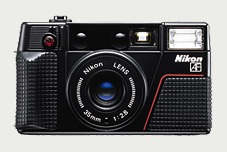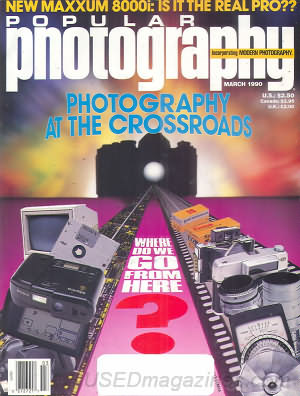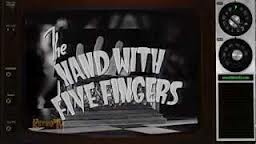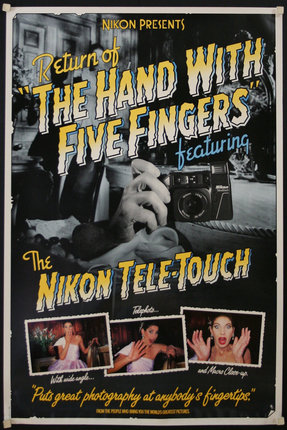 On January 7, 1839, members of the French Académie des Sciences were shown products of an invention that would forever change the nature of visual representation: photography. The astonishingly precise pictures they saw were the work of Louis-Jacques-Mandé Daguerre (1787–1851), who provided no details regarding his process at that moment. On January 25, 1839, less than three weeks later, to stake out his own claim, William Henry Fox Talbot (1800-1877) showed his own pictures at the Royal Institution. In early February, Talbot transmitted the technical details of his “photogenic drawing process” to the Royal Society. Daguerre revealed the details of his method in August 1839.
On January 7, 1839, members of the French Académie des Sciences were shown products of an invention that would forever change the nature of visual representation: photography. The astonishingly precise pictures they saw were the work of Louis-Jacques-Mandé Daguerre (1787–1851), who provided no details regarding his process at that moment. On January 25, 1839, less than three weeks later, to stake out his own claim, William Henry Fox Talbot (1800-1877) showed his own pictures at the Royal Institution. In early February, Talbot transmitted the technical details of his “photogenic drawing process” to the Royal Society. Daguerre revealed the details of his method in August 1839.
So we find ourselves in the midst of the septaquintaquinquecentennial of the public debut of analog photography — the 175th year since those announcements, halfway between the sesquicentennial (1989) and the bicentennial (2039). What, no fireworks? No partaaaay? For shame. How soon we forget.
I’ve every reason to believe that I’ll take part in the celebration for the Big 200th Anniversary of lens-based imagery. Herewith, on the occasion of this lesser milestone, an interim birthday card to the medium, in the form of an essay I contributed to Popular Photography. Intended for publication in 1989 and submitted during that sesquicentennial year, it got held over till March 1990 — apparently so they could pair it with a less skeptical paean from Pop Photo Editorial Director Jason Schneider under the rubric “The Great Automation Debate,” billing us as “two leading curmudgeons.”
To this they added a commentary from Charles Hagen, “Photography As Art: Truth or Illusion?” and one by Arthur Goldsmith, “Reinventing the Image,” on digital photojournalism, combining them all into a “Photography at the Crossroads” cover feature. You’ll find it all online here. — A. D. C.
•
“The Great Automation Debate”
A colleague of mine, whom I’ll call the Baltimore Oriole, has recently proposed a theory of “cryogenic imagery.” In an unpublished essay, the Oriole argues that, by now, photographers have established a sizable, steadily growing repertoire of archetypal images, any variation of which is recognized by all and sundry as a “good shot.” It’s the Oriole’s theory that these images now come in the camera, cryogenically frozen. The camera user needs only to scan the field of vision until the lens comes across a new instance of one of these archetypes; the freeze-dried image is instantly awakened from its sleep and registered on the negative.
You might think that this response to contemporary photography and to the automation of cameras is skeptical, even cynical. But a few years ago I could hardly turn on my tv set without seeing that ad (for a camera company that shall go unnamed) celebrating “The Hand With Five Fingers” — a disembodied fist, clutching the manufacturer’s new model, that would scuttle around repellently, intruding on people’s privacy and scaring them half to death in order to generate insistently mediocre images. The metaphor for photography as mindless, pointless, antisocial behavior (and proud of it!) could hardly have been more obvious. [Note: Scali, McCabe, Sloves produced that ad in 1985, then several sequels thereto.]
Now it seems that even the veil of metaphor has been stripped away. Photographers on every level, from the rankest amateur to the most experienced professional, are being offered something that’s coming to be known generically as “decision-free photography.” I’m surely not the only one who finds this phrase unnerving. Decision-free information? Decision-free perception? Decision-free self-expression? Decision-free communication? By their nature, these cannot be decision-free — at best, the decisions they involve can be deferred, left in the hands of others.
The exuberance with which this “freedom” is being touted implies that the avoidance of decision-making is a positive goal in life. This may not be the right message to transmit to the little ones — or, for that matter, to ourselves. (It’s enough to make a body suspect that the long-term agenda of the photographic industry is to get people out from behind their cameras so that they’ll have more time available to be the subjects of photographs and to consume photographic prints. )
 Back in 1965 Marshall McLuhan wrote, “Education is ideally civil defense against media fallout. Yet Western man has had, so far, no education or equipment for meeting any of the new media on their own terms.” What McLuhan bemoaned twenty-five years ago is still the case today. And what disturbs me most about the present approach to the automation of cameras is that an important occasion for media education is slipping through our fingers.
Back in 1965 Marshall McLuhan wrote, “Education is ideally civil defense against media fallout. Yet Western man has had, so far, no education or equipment for meeting any of the new media on their own terms.” What McLuhan bemoaned twenty-five years ago is still the case today. And what disturbs me most about the present approach to the automation of cameras is that an important occasion for media education is slipping through our fingers.
What decisions are we being freed from? What decisions are being made for us? Who is making those decisions? And what are their premises?
Those are the questions we need to be asking. For every technology embodies a set of decisions — decisions that come from human beings engaged in both problem-solving activity and prophecy. Every tool has both immediate and potential uses. The decisions that its inventors build in subsequently shape the way users of a tool will think — about that tool and its applications, of course, but also about other things as well.
Photography is an excellent case in point. The camera is, on at least two levels, an instrument for the control of perception. Not only does the user employ it to tame and organize visual perception, but through its structure the originators of the camera and their descendants — those who design the cameras, films, and papers of our time — dictate how we will see.
The medium’s originators certainly understood the profoundly radical nature of the force they were unleashing on an unsuspecting world. In the technological sphere, these folks definitely were prescient; their various writings foreshadow and predict any number of later developments in the medium’s evolution. But, like most of us, they weren’t aware of their own buried assumptions, the things they took for granted. And I don’t believe that in their wildest dreams they could have envisioned what’s become of their discovery — what we would do with (and to) the world through this process, what we’ve come to expect and assume as a result of it.
After all, those who invent the technologies whose acceptance transforms our culture have a lot in common with Pandora. They’re pioneers, to be sure, but their abilities as prophets are necessarily limited. It’s not that they can’t predict the logical, practical applications of their brainchildren — in many cases, those served as their inspirations. But there’s simply no anticipating all the unforeseen consequences of a technology — the unexpected, eccentric, even lunatic uses for a new tool that a culture may find once it takes the ball and runs with it.
I’m no Luddite, opposed to mechanization per se. I don’t believe that automation of cameras will necessarily eliminate creativity or deteriorate the craft skills of serious amateurs and professionals. But it most certainly will redirect their energies and shift the emphasis in their image-making activities. It is that redirection and those shifts we should be debating.
(Part 1 I 2)
•
This post supported by a donation from the Estate of Lyle Bongé.









Thanks for the Nikon advert. It was helpful. I remember playing poker many years ago and lost a hand. Now I know where it went.
I’m still trying to find the 11 lbs I lost after a brief dalliance with a woman whose first name was Jenny.